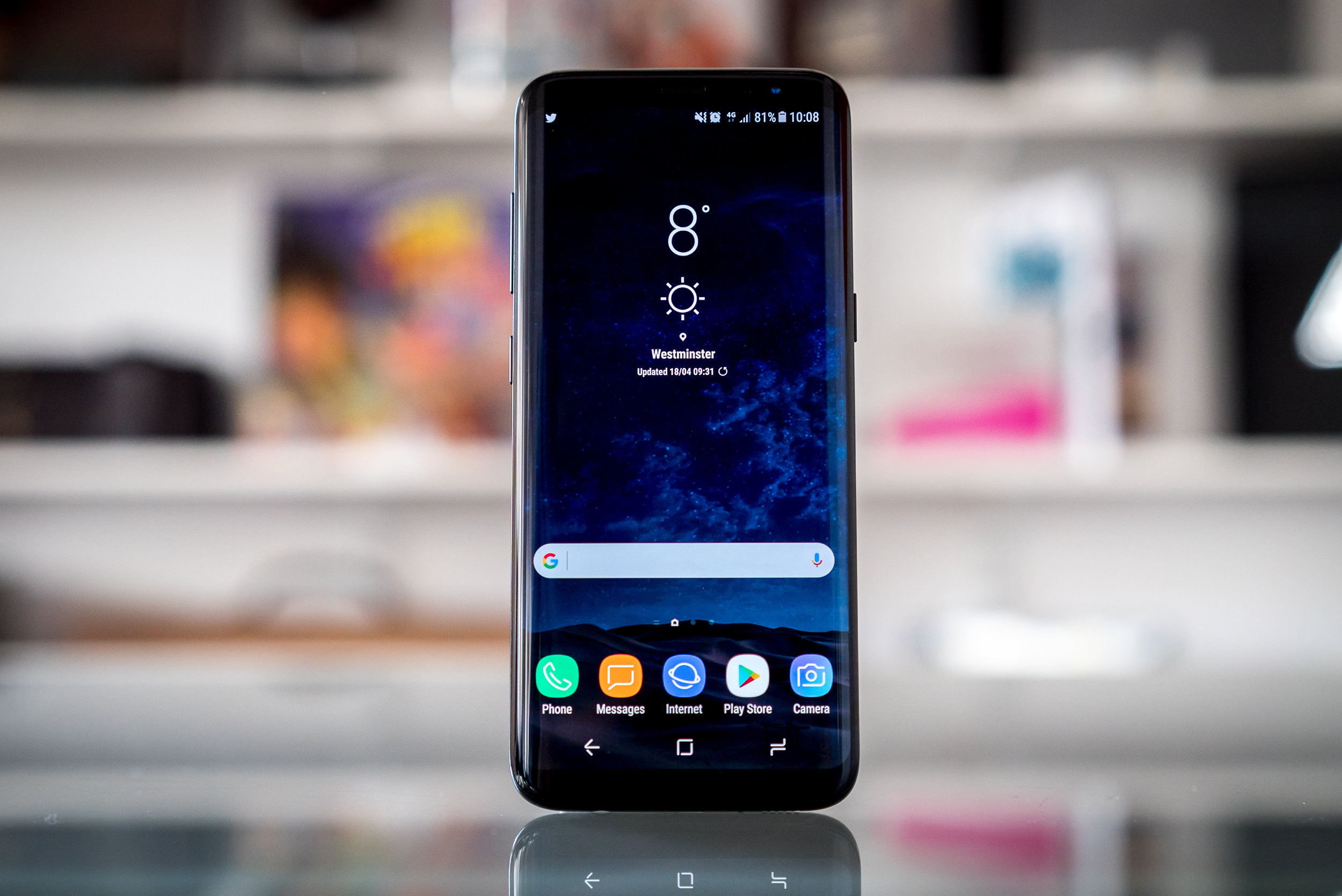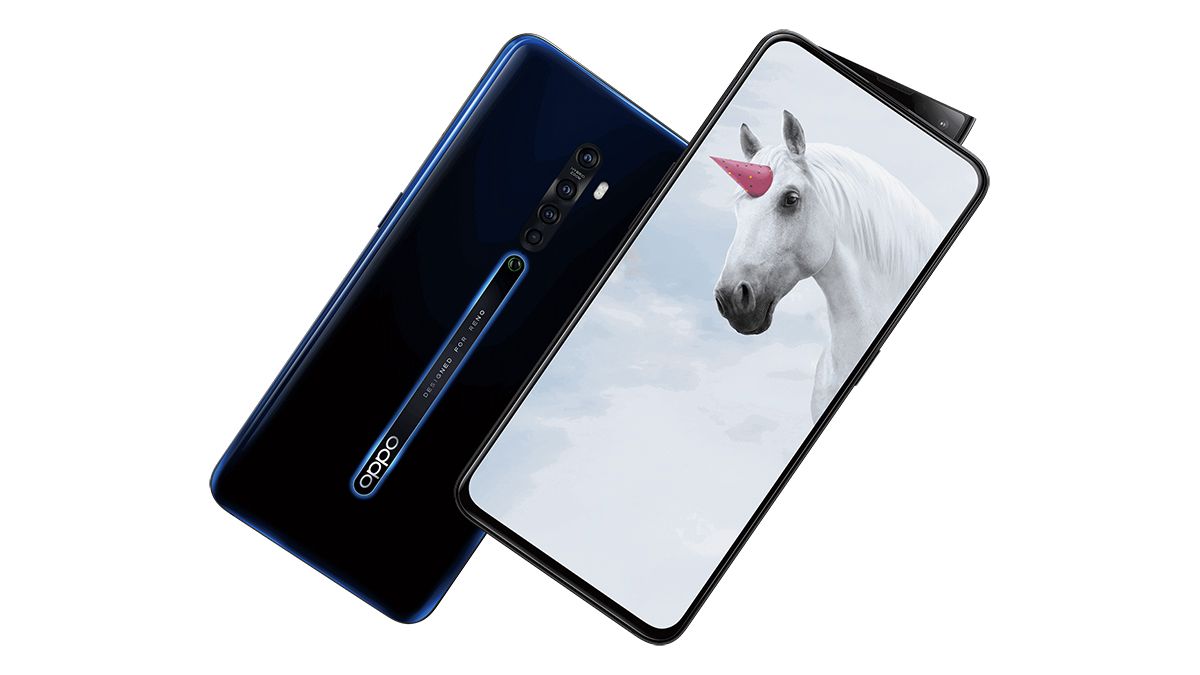Even Today, the Front Camera is Still a Problem for Smartphones.
 As much as the rear camera is a huge selling point for smartphones, the front-facing camera is the one that receives the most interaction. Be it via video calls and selfies, or even just the simple task of using your phone to send a message or watch a video, the appearance of that front camera is very much a part of how you look at your phone. It really wasn’t that big of a deal a few years back when phones had borders that encased the camera and earpiece at the top, and the home button at the bottom.
As much as the rear camera is a huge selling point for smartphones, the front-facing camera is the one that receives the most interaction. Be it via video calls and selfies, or even just the simple task of using your phone to send a message or watch a video, the appearance of that front camera is very much a part of how you look at your phone. It really wasn’t that big of a deal a few years back when phones had borders that encased the camera and earpiece at the top, and the home button at the bottom.
That was until the year of the iPhone X when the game changed. It introduced a displays that pretty much reached all four corners of the screen.

iPhone X, Released in 2018
iPhone received some mixed comments from reviewer Marques Brownlee who referred to the notch as a unibrow that takes away from the full-screen experience because you either have to zoom out to get the full picture, or just look past the notch until you get used to it. Samsung sought to avoid that entirely by just maintaining the top border, like in the Galaxy S8, but even that didn’t quite grasp the concept of a full display.

Samsung Galaxy S8, released in 2017
The Oppo F9 Pro changed what was once a solid border or notch at the top and turned it into a delicate ink-drop design that created more space for the screen. It features rather thick bezels at the top and bottom, and the only way to see anything hidden by the camera is to shrink the image and avoid it.
Another innovation in the attempt to hide the front-facing camera, and achieve a completely bezel-less look is the pop-up camera. The first phone to be released with this design was the Vivo NEX. It was adopted by Samsung's Galaxy A80, and Oppo for the Reno 10x Zoom and the Reno 2. This is a well-received concept that comes with the drawback of the phone needing to be thicker in order to contain the pop-up. An article on technicalcybrsecurity.com explains that another significant disadvantage for a phone with moving components is that it cannot be manufactured to be waterproof.

Oppo Reno 2, the front camera will pop-up when needed.
We’ve seen the notch turn into more of a punch hole for the camera, and the earpiece was very neatly tucked away behind the screen like in the Google Pixel 6.
Google Pixel 6, a Classic Punch-Hole Phone
It has almost nailed the camouflage look by having a screen that sort of wraps around the punch hole to give you more screen around the edge. It appears that Apple may also use the same concept in the iPhone 14, even though they opt to retain the earpiece at the front of the screen. Ultimately the camera is still not really hidden.

iPhone 14, the Arrangement was Changed to Allow Higher Screen Coverage.
Recent advancements in technology have allowed the development of an under-display camera, introduced to the world in the ZTE Axon 20. This design absolutely nails the objective of creating a phone with an uninterrupted screen display by hiding the camera completely, but this comes at the expense of the camera quality. This problem alone wouldn’t have been a major sore point if the only function of the phone was to watch videos, but it was a great compromise in the world of Zoom meetings and live stories. ZTE has since improved upon its first design to bring us the Axon 30 and the Axon 40 Ultra. A camera hides under the display is a pretty cool concept now featured in the Xiaomi Mix 4 and the Galaxy Z Fold 3.

ZTE Axon 40 Ultra, one of the finest Under-display-camera solution provider.
It sure does feel like the future of front-facing cameras is under the display, but is this next generation of under-display cameras the peak of smartphone design? Or, do the innovators of cellphone technology have more in store for us? I guess we’ll have to wait and see.